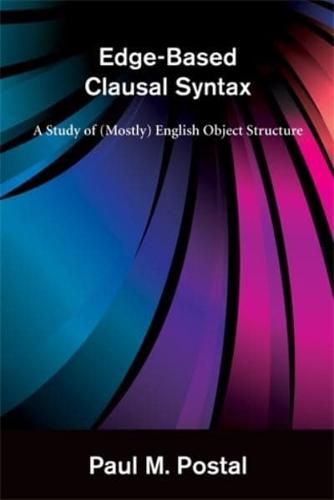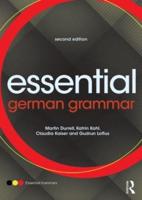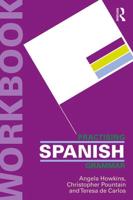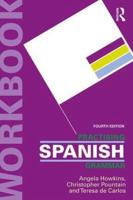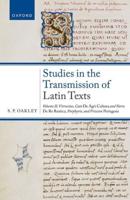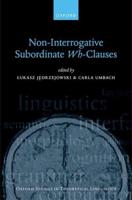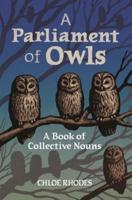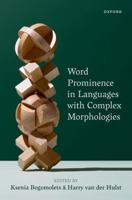Publisher's Synopsis
An argument that there are three kinds of English grammatical objects, each with different syntactic properties.
In Edge-Based Clausal Syntax, Paul Postal rejects the notion that an English phrase of the form [V + DP] invariably involves a grammatical relation properly characterized as a direct object. He argues instead that at least three distinct relations occur in such a structure. The different syntactic properties of these three kinds of objects are shown by how they behave in passives, middles, -able forms, tough movement, wh-movement, Heavy NP Shift, Ride Node Raising, re-prefixation, and many other tests.
This proposal renders Postal's position sharply different from that of Chomsky, who defined a direct object structurally as [NP, VP], and with the traditional linguistics text's definition of the direct object as the DP sister of V. According to Postal's framework, sentence structures are complex graph structures built on nodes (vertices) and edges (arcs). The node that heads a particular edge represents a constituent that bears the grammatical relation named by the edge label to its tail node. This approach allows two DPs that have very different grammatical properties to occupy what looks like identical structural positions. The contrasting behaviors of direct objects, which at first seem anomalous-even grammatically chaotic-emerge in Postal's account as nonanomalous, as symptoms of hitherto ungrasped structural regularity.


